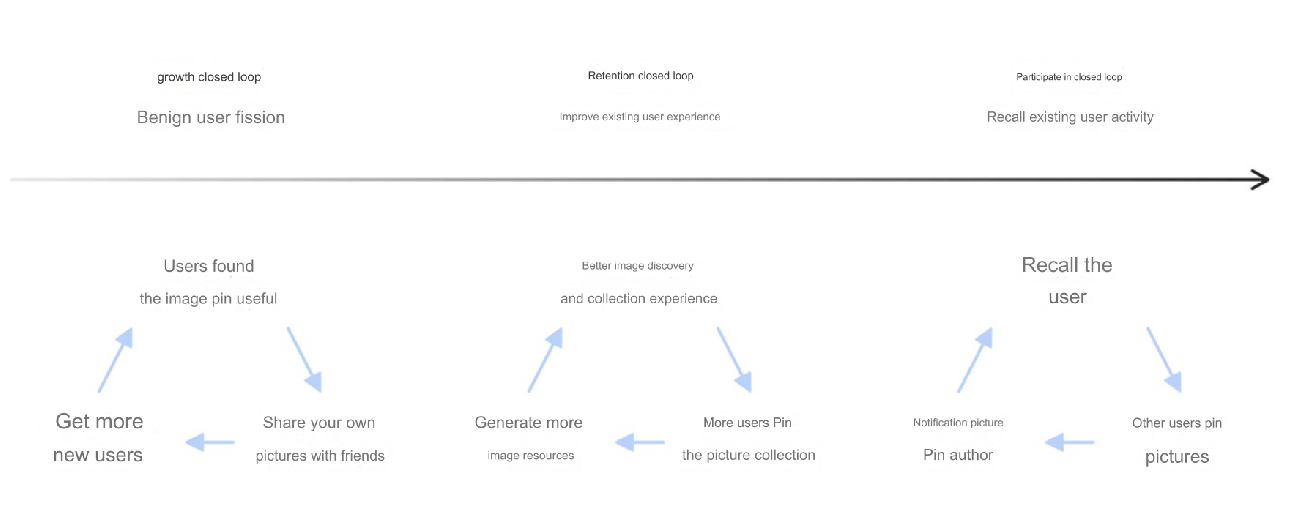In the current era of internet products, advertising monetization and membership systems are both crucial business models. While advertising is easier to understand, why has the membership system become a standard feature of internet products? In this article, we’ll explore the author’s analysis.

1. Membership System as a Standard Feature of Internet Products
In today’s internet age, membership systems have become a standard feature for many internet products. Whether it’s e-commerce platforms, tool-based products, or social networking products, each has developed a unique membership system.
Taking e-commerce platforms as an example, well-known memberships include Taobao’s 88VIP and JD Plus. With customer acquisition costs rising, these platforms have developed membership point-based marketing systems. By paying a fee or meeting a certain consumption threshold, users can apply for membership and enjoy various benefits. For instance, after becoming a VIP member, the platform offers discounts, allowing members to buy desired items at lower prices. Additionally, there are membership benefits such as exclusive coupons, return/exchange privileges, and dedicated customer service, which greatly alleviate consumers’ concerns and enhance purchasing interest. According to statistics, e-commerce platforms with a well-developed membership system see user repurchase rates increase by over 30%.
Tool-based products like Baidu Cloud, Xunlei, and Youdao Cloud Note also have membership systems. By purchasing a membership, users can access more storage space, faster download speeds, and other perks, addressing specific needs in certain scenarios. For products with relatively simple profit models, membership systems have become an essential monetization tool.
Social products also rely heavily on membership systems. For example, QQ, Momo, and Tantan provide differentiated services and experiences through memberships, such as special badges and additional social permissions. On one hand, a membership system helps segment users, promoting more refined product operation; on the other hand, it increases user stickiness and activity, bringing additional commercial value.
In summary, membership systems play a vital role in internet products. They not only meet user needs and improve the user experience but also bring greater commercial value and competitive advantages.
2. The Value of Membership Systems
1. Improving User Conversion Rates
In many internet products, membership systems are an important way to improve user conversion rates. For example, in online education products, a membership service offers exclusive courses and priority Q&A. This makes users who were previously hesitant about purchasing courses more likely to make a buying decision once they see the member benefits. For video platforms, members enjoy ad-free viewing and high-definition quality. After comparing the experience of non-members and members, users are often inclined to pay and become members, thus increasing the platform’s user conversion rate. According to data, video platforms with well-developed membership systems can boost user conversion rates by more than 20%. Membership systems attract users by offering unique value and experiences, becoming one of the most common monetization methods for internet products.
2. Attracting New Users and Conversion
Membership systems also play a key role in user acquisition. One method is user referral programs, where existing users invite new users to become members, and both parties receive rewards. This method takes advantage of social relationships and is relatively low-cost. The advantage is that new users have a higher conversion rate due to trust in existing users, but the downside is that the speed of acquiring new users may be slower. Another method is hosting exclusive member events to attract new users, such as e-commerce platforms offering large coupons or time-limited discounts on membership days. The advantage here is that it can quickly attract users’ attention and increase brand awareness, while the downside is that event costs may be high, and non-member users could feel psychologically excluded. In terms of product behavior, optimizing the membership registration process by providing a convenient experience, such as one-click registration, can also increase user engagement. The downside is that it may lead to incomplete information.
3. Stimulating Activity and Consumption
Membership growth and privilege systems are mutually reinforcing, determining whether memberships can generate value. Points are one of the common ways to stimulate activity and consumption. For instance, on e-commerce platforms, users earn points when they make purchases, which can be used to redeem products or coupons. This not only boosts user activity but also encourages users to spend again. Additionally, the membership level system motivates users to keep increasing their consumption to earn higher membership levels and more privileges. For example, a higher-level member on a platform might enjoy free shipping and a dedicated customer service channel. Some products also offer exclusive member events and perks, like flash sales or new product trials, further increasing user activity and retention. A well-structured membership system can effectively drive activity and consumption, providing more commercial value.
3. Managing New and Existing Members
1. New Member Strategies
Optimizing the Registration Process: Simplify the membership registration process by enabling one-click registration or quick login via social media accounts, reducing the operational and time costs for new users. Many social and e-commerce platforms support social account logins (such as WeChat or QQ), significantly improving the ease of registration.
Providing Exclusive Benefits for New Members: Offer special discounts or coupons to new members to increase their purchase conversion rate. For example, an e-commerce platform may offer new members a discount coupon upon registration to use for their first purchase, which increases the likelihood of purchase.
Personalized Recommendations: Based on the new member's interests and browsing history, offer personalized product recommendations. Through big data and AI, platforms can predict and recommend products or services that match their interests, improving new member satisfaction and retention.
2. Existing Member Strategies
Improving Retention: Personalized services and privileges for existing members can increase their loyalty. By analyzing purchase history, browsing behavior, and interests, platforms can offer tailored product recommendations and exclusive services. For instance, a beauty platform can suggest skincare products that suit the customer’s skin type based on their past purchases.
Points and Reward Systems: Implementing a point system where existing members earn points from purchases or activities helps foster a sense of belonging. Regular member-only events, such as member days with exclusive discounts, can further encourage participation.
Regular Communication and Interaction: Maintaining regular contact with members through emails, SMS, or social media helps understand their experience and collect feedback. Activities like surveys or online discussions can make members feel involved in product development and improve loyalty.
4. Benefits of Membership Systems on E-commerce Platforms
1. Refined Membership Management
E-commerce platforms can achieve refined member management by collecting detailed information, such as consumption habits and preferences, based on member data. With this, platforms can create membership tiers and offer targeted services. For instance, basic members can earn points through tasks like signing in or reviewing products, while premium members enjoy exclusive benefits. This level-based system helps meet different users' needs and boosts consumption potential. Data shows that platforms with detailed membership management can increase average member spending by over 20%.
2. Increasing Activity and Retention
Using points to incentivize user participation is an effective way to increase member activity. Platforms can provide points for activities such as signing in, making purchases, or referring friends. These points can be exchanged for products or discounts, increasing members' engagement. With behavior analysis, platforms can predict when a member may churn and proactively engage them with personalized offers.
3. Driving Transaction Growth
A well-structured membership system encourages repeated transactions by offering points, exclusive activities, and discounts. For example, allowing users to redeem points for products or services boosts both participation and spending. Platforms can also run exclusive member activities, such as double-point days or time-limited discounts, further increasing purchase frequency and overall revenue.
5. Advantages of Paid Membership Systems
1. Providing Stable Cash Flow
Paid membership systems generate a stable revenue stream. For instance, Sam's Club in China has over 4 million paid members, generating significant revenue from membership fees alone. Many e-commerce platforms have also seen growing numbers of paid members, ensuring a continuous flow of funds.
2. Filtering High-Value Users
Paid membership helps identify high-value users who are more likely to contribute to brand growth. By offering premium services, companies can foster loyalty and increase retention among these valuable users.
3. Reward and Loyalty Programs
By creating a points-based rewards system, platforms can incentivize high-value behaviors and enhance customer loyalty. Additionally, offering tiered services based on customer spending and engagement increases retention, encouraging more purchases and long-term loyalty.
In conclusion, the membership system is indispensable for modern internet products, offering significant value both to users and businesses by fostering loyalty, stimulating consumption, and improving operational efficiency.







